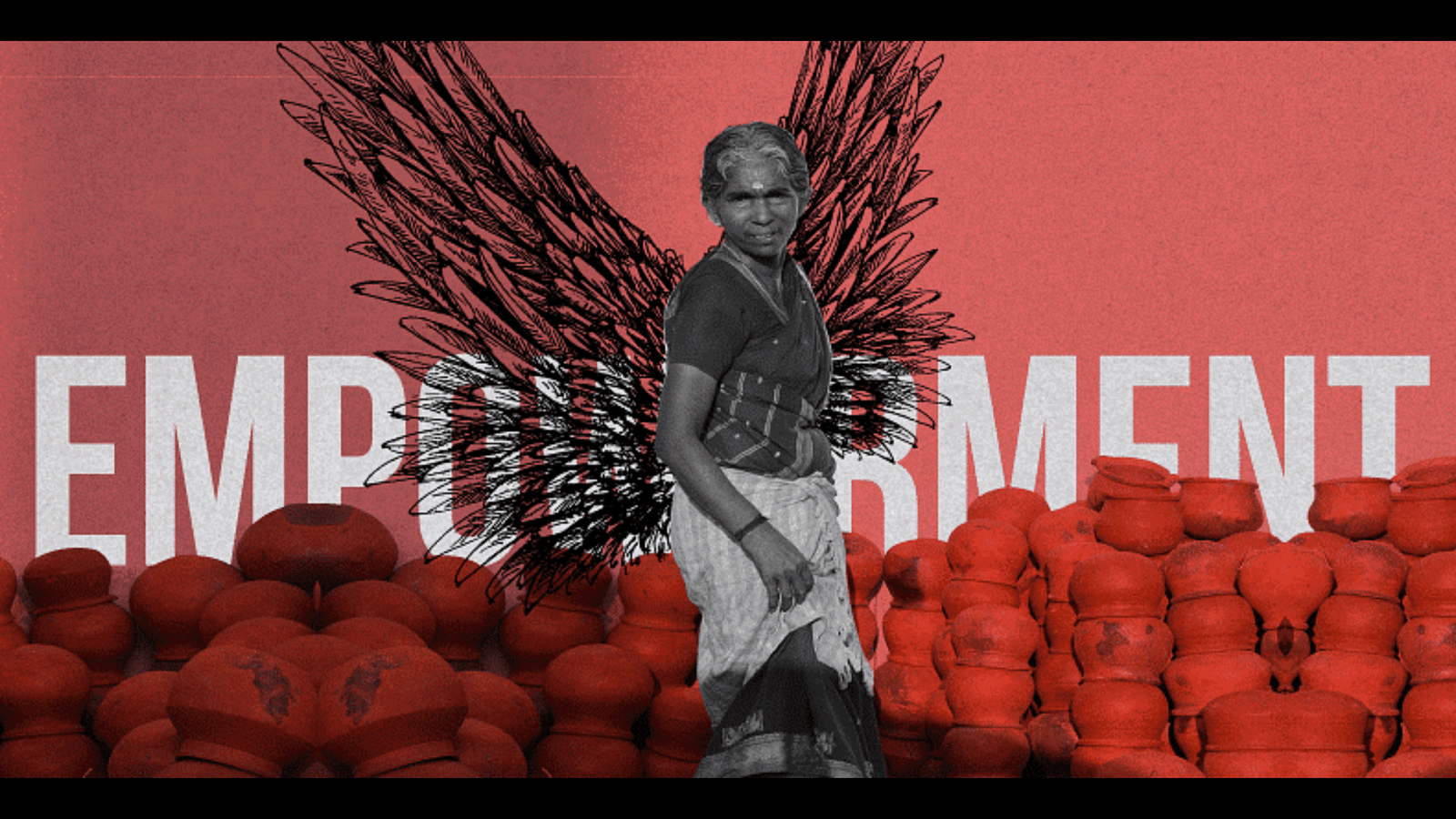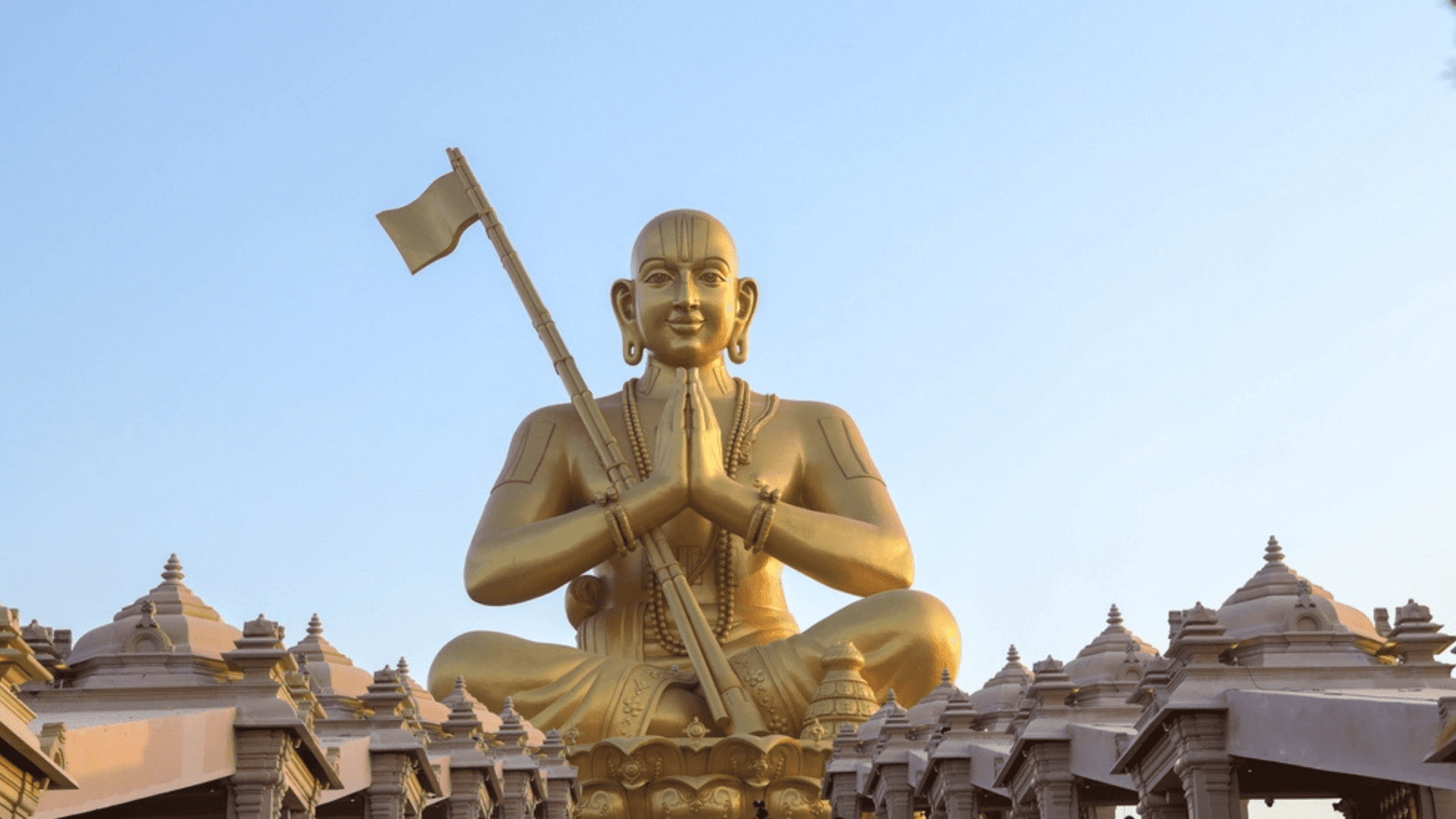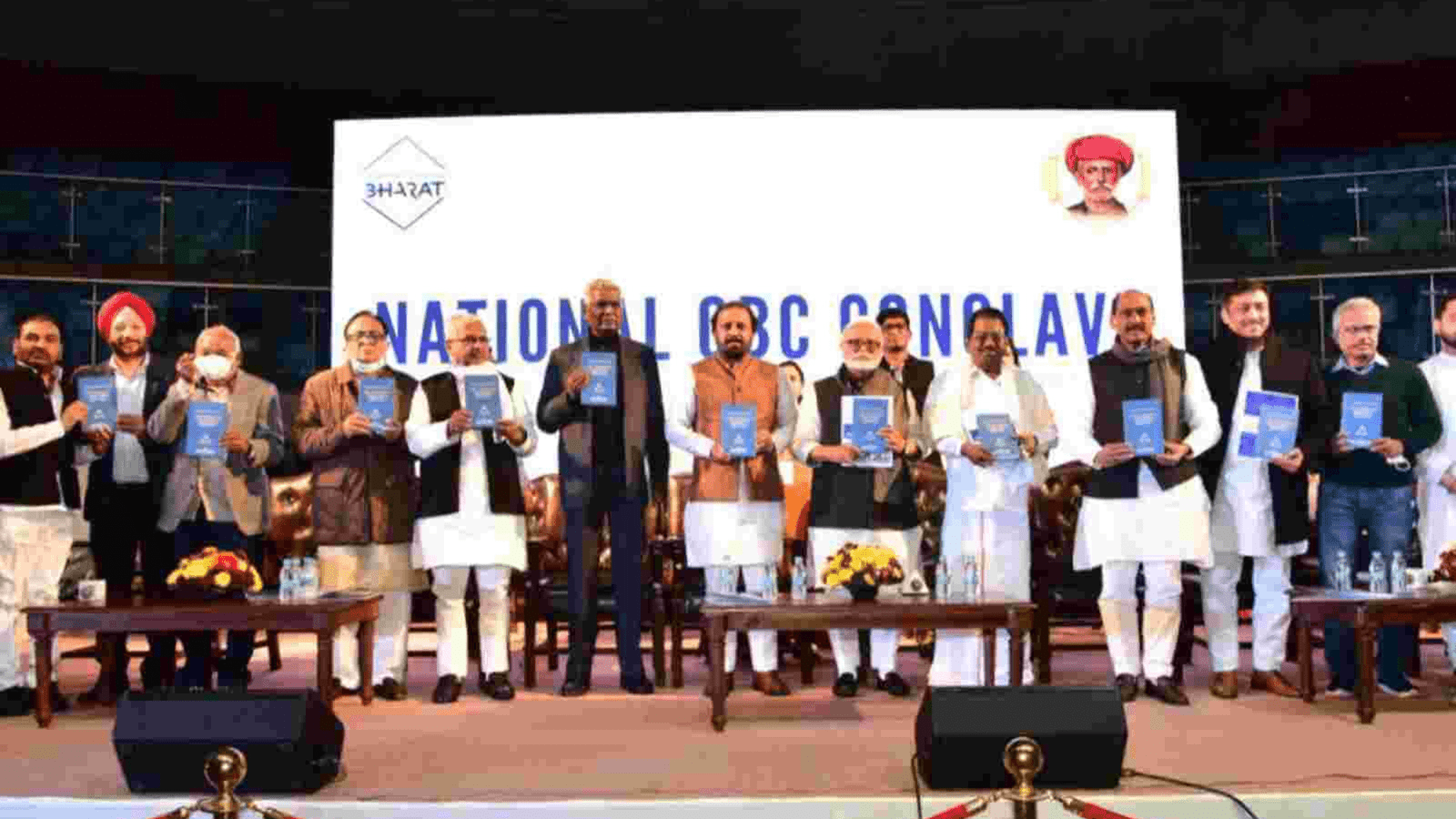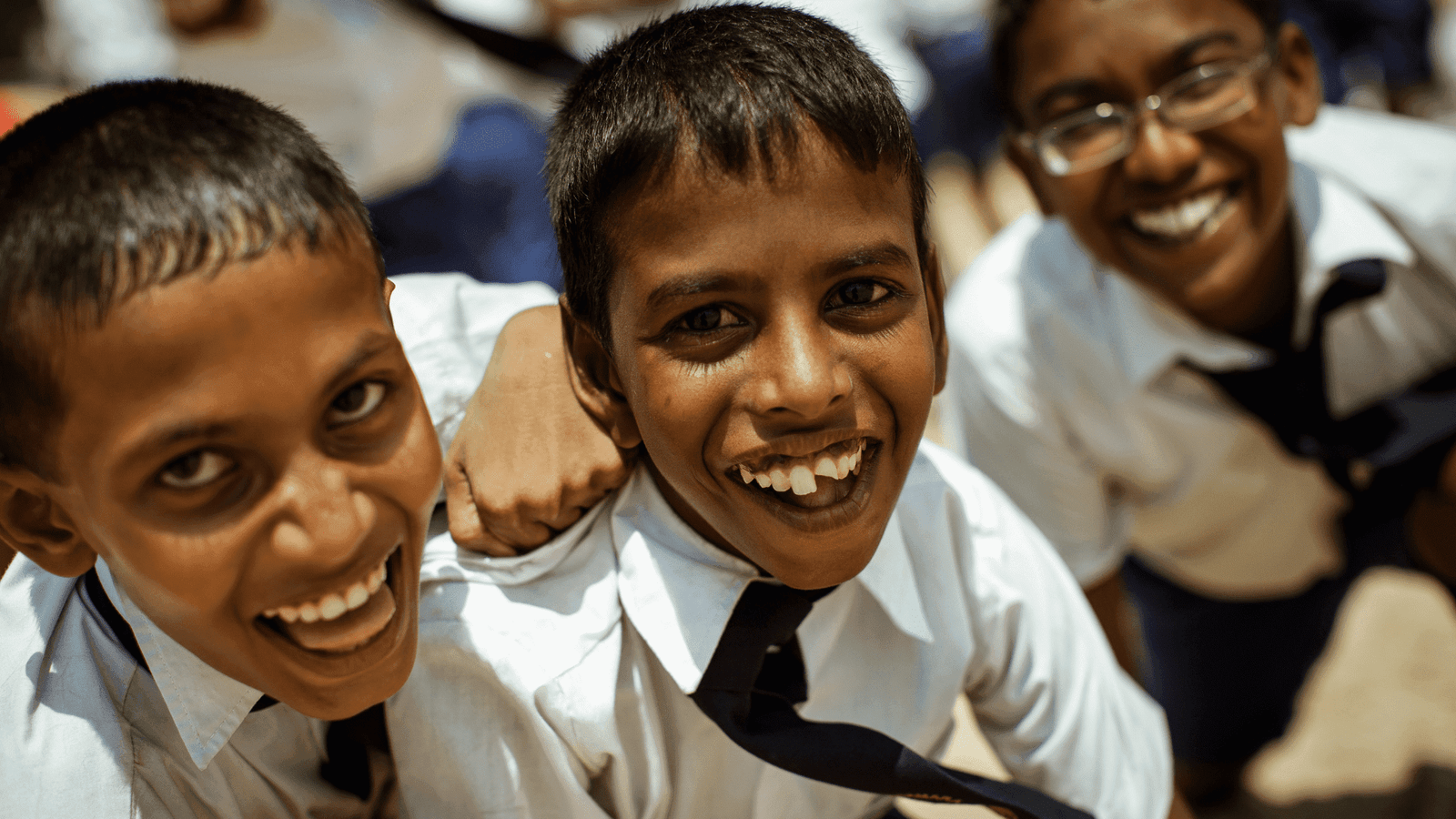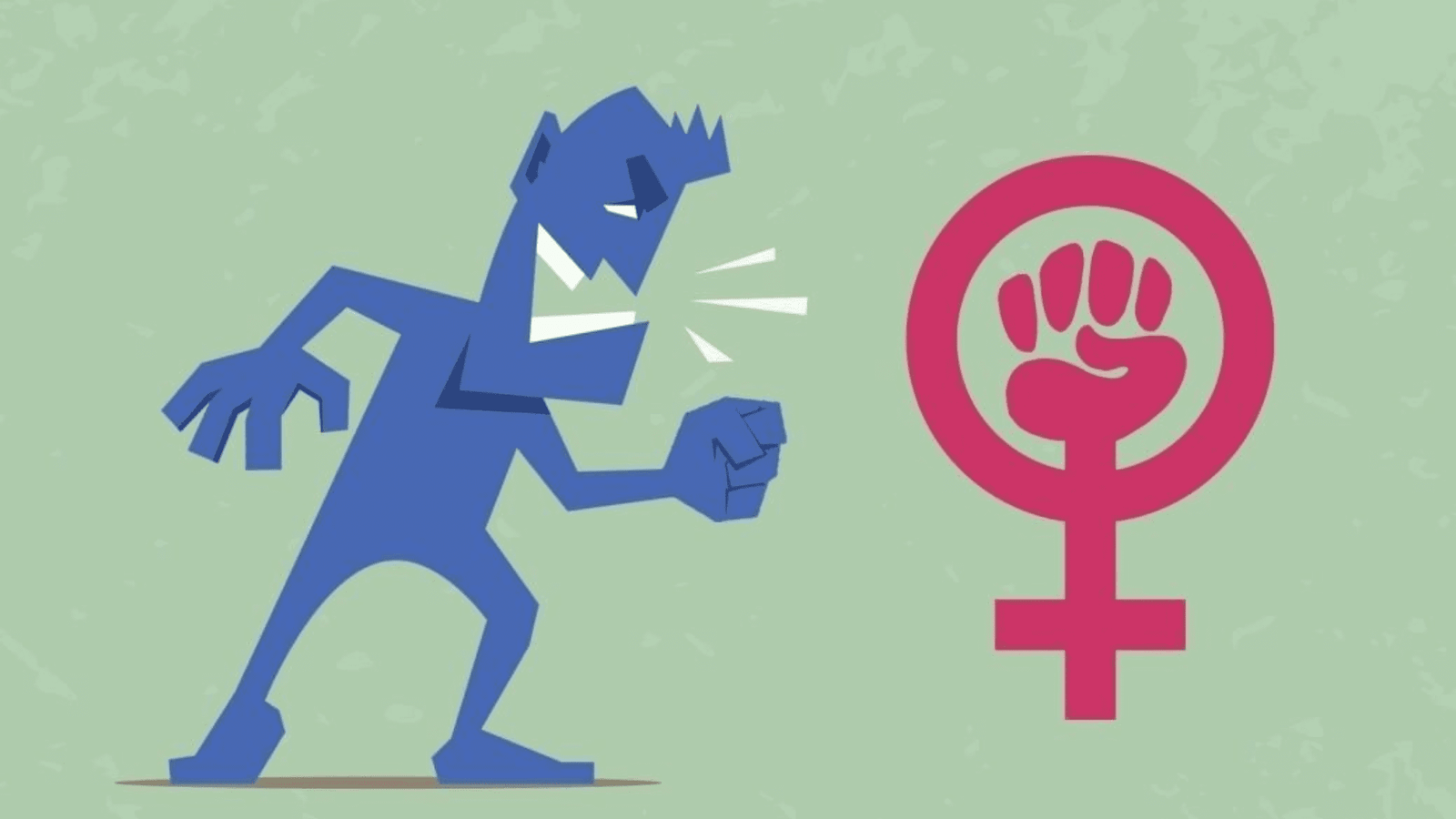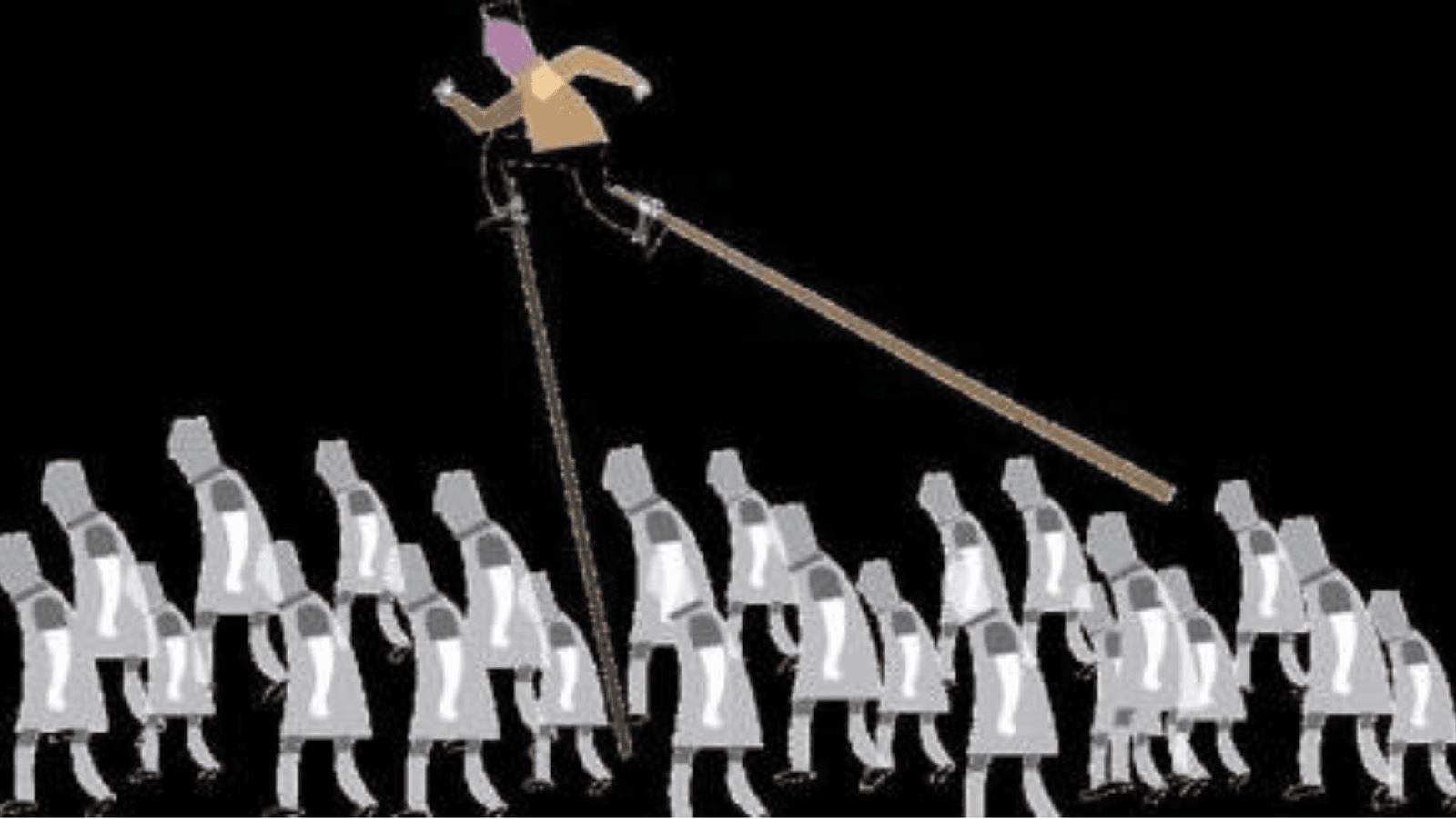
While prominent dynasts of the Congress party and other regional parties have bitten the dust — including of course Rahul Gandhi himself in his fiefdom of Amethi — the dynastic factor has not been absent in 2019 election at all. If anything, the phenomenon has increased.
We define ‘dynast’ any candidate or MP having a relative who in the past or in the present has served or serves an elective mandate, at any level of representation. It also includes candidates with relatives who serve or have served prominent positions in party organisations.
In 2016, a book edited by Kanchan Chandra showed that a “quarter of Indian parliamentarians were dynastic, on average, between 2004 and 2014…” (Democratic dynasties). Even higher figures emerge from the data collected by a team of researchers of the Trivedi Centre for Political Data (Ashoka University) and CERI. The data suggest that in 2019, 30% of all Lok Sabha MPs belong to political families.
Among the large states, those where the proportion of dynasts stands above the national average are, in the increasing direction, Rajasthan (32%), Orissa (33%), Telangana (35%), Andhra Pradesh (36%), Tamil Nadu (37%), Karnataka (39%), Maharashtra (42%), Bihar (43%) and Punjab (62%). Clearly, the phenomenon is all pervasive geographically.
More surprisingly, it affects all parties too — and not necessarily the usual suspects. One would assume that state-based parties, which tend to function as private family-holdings, would be more dynastic. That is not actually the case. National parties are at the forefront of the phenomenon, across all states. The gap is particularly striking in Bihar (58% of dynasts among the candidates of the national parties against 14% among those of the state parties), in Haryana (50% against 5%), in Karnataka (35% against 13%), in Maharashtra (35% against 19%), in Odisha (33% against 15%), in Telangana (32% against 22%) and even in Uttar Pradesh (28% against 18%). Some state parties however stand above the average proportion of dynastic candidates: JD(S) (66%), SAD (60%), TDP (52%), RJD (38%), BJD (38%), SP (30%). Most of these parties are led by political families, often large ones, as the case of SP.
The only parties which do not indulge in dynasticism are the CPI and the CPI(M), where less than 5% of the candidates belonged to a political families. They are today at rock bottom (for reason others than lack of dynasticism, admittedly).
Among the national parties, Congress remains the most dynastic one, with 31% of his candidates belonging to a political family. But the BJP is catching up with 22% of dynast candidates. This last figure is counter-intuitive for two reasons. First, the BJP relentlessly criticises all opponents for being dynastic enterprises, accusing them of forming an anti- democratic establishment. Second, the BJP has made a special effort to renew his candidates by denying ticket to about one hundred of its 282 outgoing MPs. But in spite of this massive change of guard, the % of dynasts among the BJP candidates has reached an unprecedented level. Why?The main reason quite simply is that parties try to maximise their chances at winning seats by fielding candidates that tick most of the winnability boxes. The fact remains that locally, being a dynast remains by and large more an asset than a liability.
Second, women candidates are more “dynastic” than male candidates. Parties tend to select their women candidates from within existing political families, as they still perceive that fielding women candidates constitutes a risk. As a result, 100% of the female candidates fielded by the SP, the TDP, the DMK and the TRS belong to political families. In smaller parties, they also tend to be directly related to the party leader. For the RJD, the three women candidates fielded are wives of jailed party goondas.
This trend applies to Congress and BJP as well, with respectively 54% and 53% of their women candidates being dynasts. Even the Trinamool Congress, which has given tickets to a record number of women and which is one of the less dynastic parties of India, tends to play it safe by nominating a large fraction of women belonging to political families (27%).
However, one of the main reasons why dynasts are nominated by parties in large proportion pertains to their influence within the parties themselves and by the fact that they tend to perform better than non-dynastic candidates. While 22% of the BJP candidates were dynasts, the share of these dynasts among the BJP MPs jumps to 25%.
The gap is even larger on the Congress side (from 31% to 44%) and among key state parties, including the Shiv Sena where dynasts represented only 8% of the party candidates, but 39% of the party MPs! Across parties, the over-representation of dynasts is stronger among the elected MPs than among the candidates. The question then is why are voters more attracted by dynasts, even when they sometimes claim that they want some political change?
It may be that the delegitimisation of dynasticism worked at the general level, as part of a national political narrative. But it does not mean that the factors cease to operate at the local level. The data suggests that the phenomenon has increased in this election, including within the winning party. Therefore, one should be cautious with statements that the vote for the BJP represented an indictment against democratic dynasticism.
